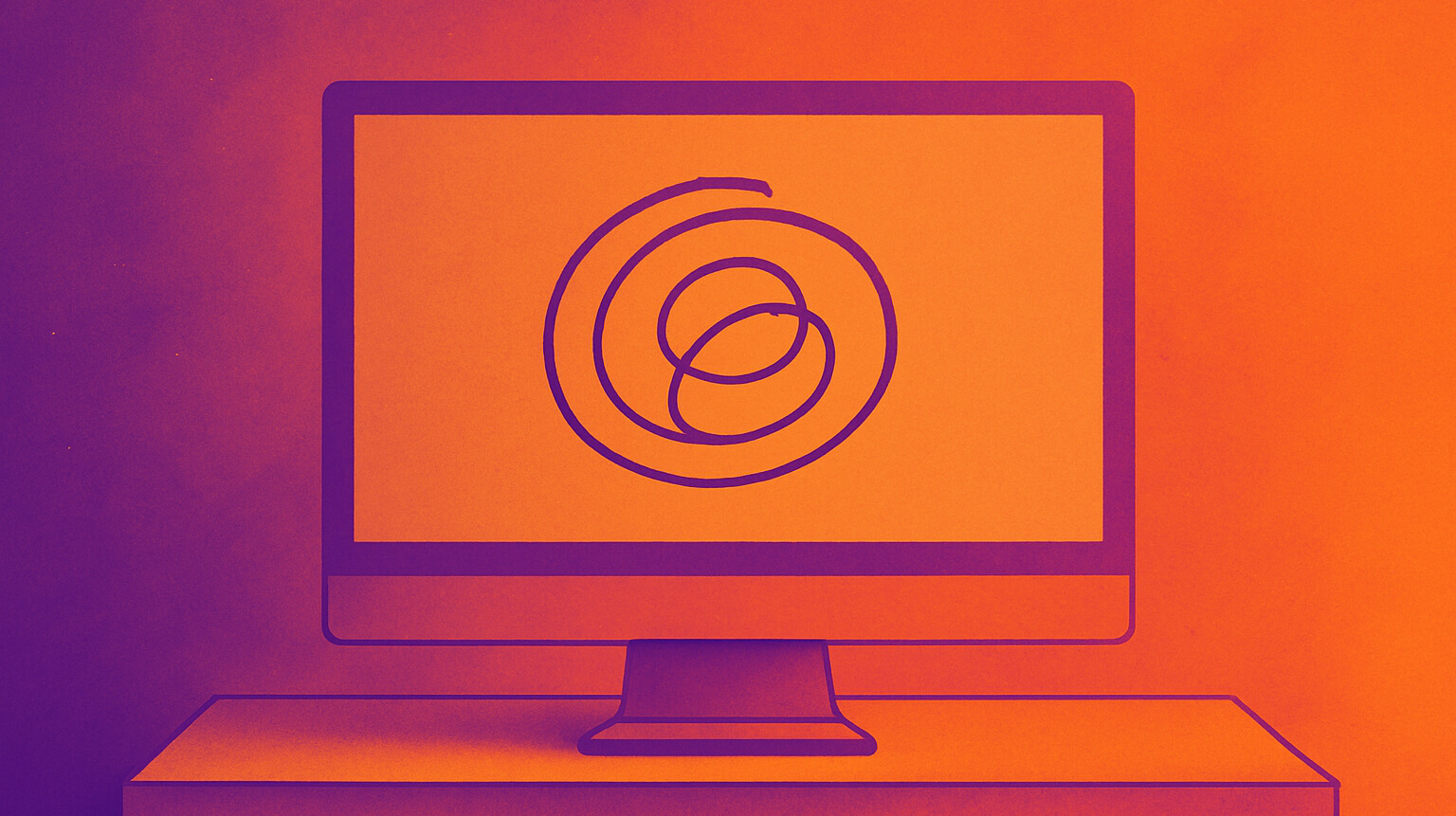
73% of Americans feel anxious when separated from their phones. New research reveals how excessive screen time creates a vicious cycle of anxiety—and what actually helps break it.
The connection between excessive screen use and anxiety is stronger than most people realize. Here's what the research shows and what actually helps.
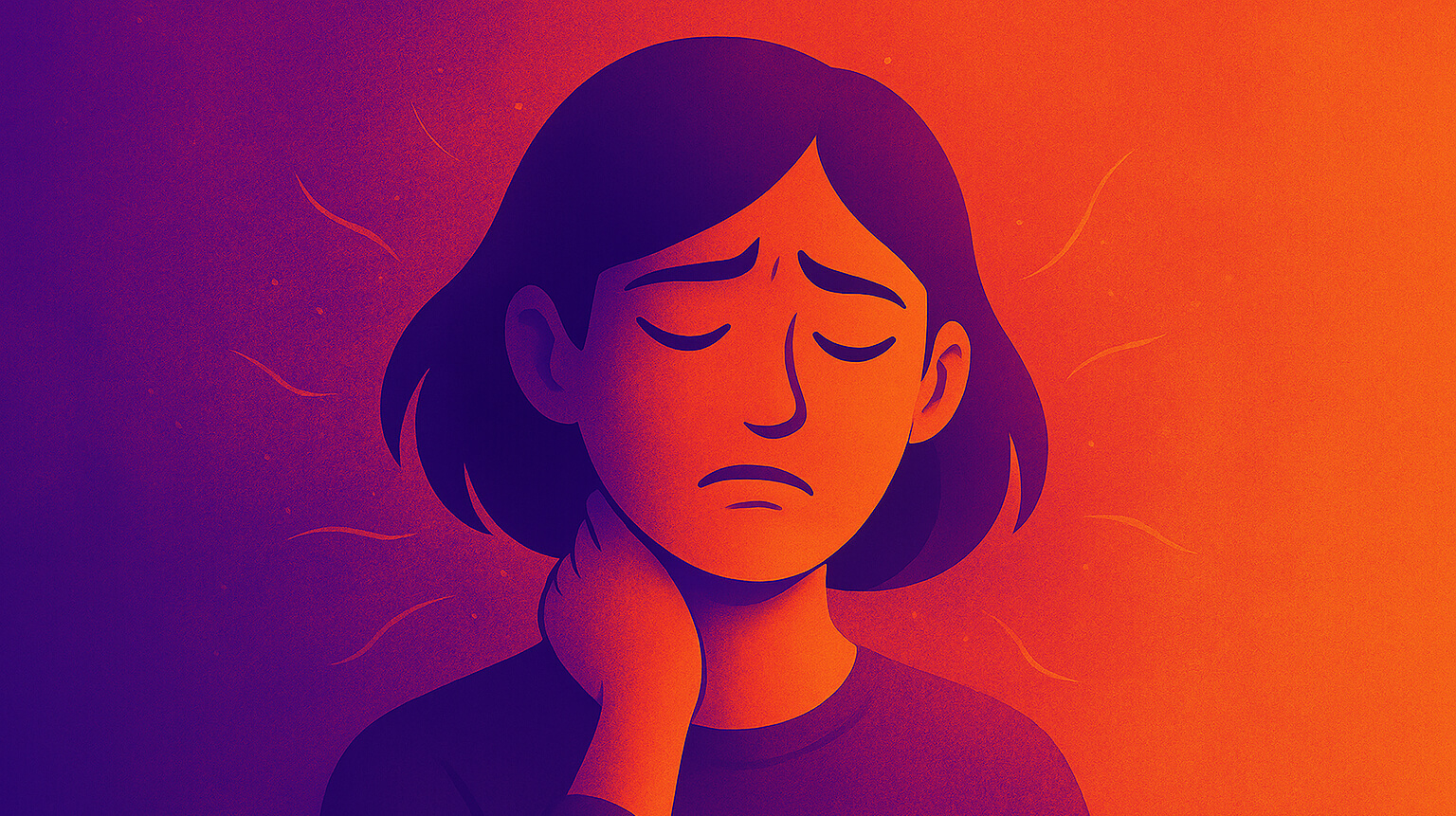
Look down at your phone right now. Feel that slight pull in your neck? At this angle, your cervical spine is supporting 60 pounds of force—five times the normal weight of your head.
When you look down at your phone, your neck supports 60 pounds of force. Here's what that means for the 73% of remote workers experiencing chronic neck pain.
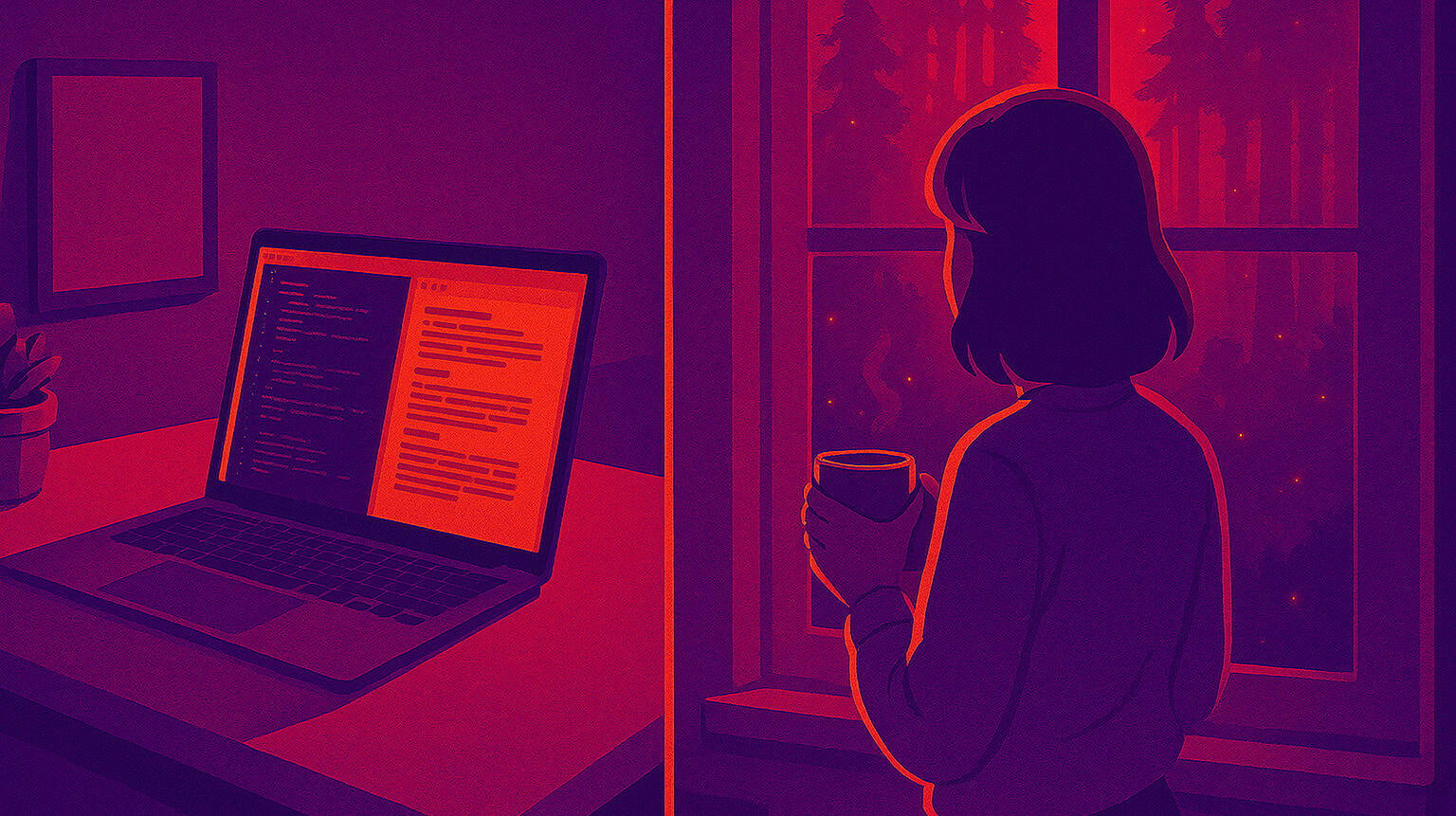
The most productive employees aren't the ones who work the longest hours. They're the ones who know when to stop. New data from 75,000 workers reveals a surprising pattern: peak performers work in 75-minute sprints followed by intentional breaks.
New research reveals the optimal work-break ratio that boosts productivity by 23%. Learn the science-backed approach to screen time breaks that's changing how we work.
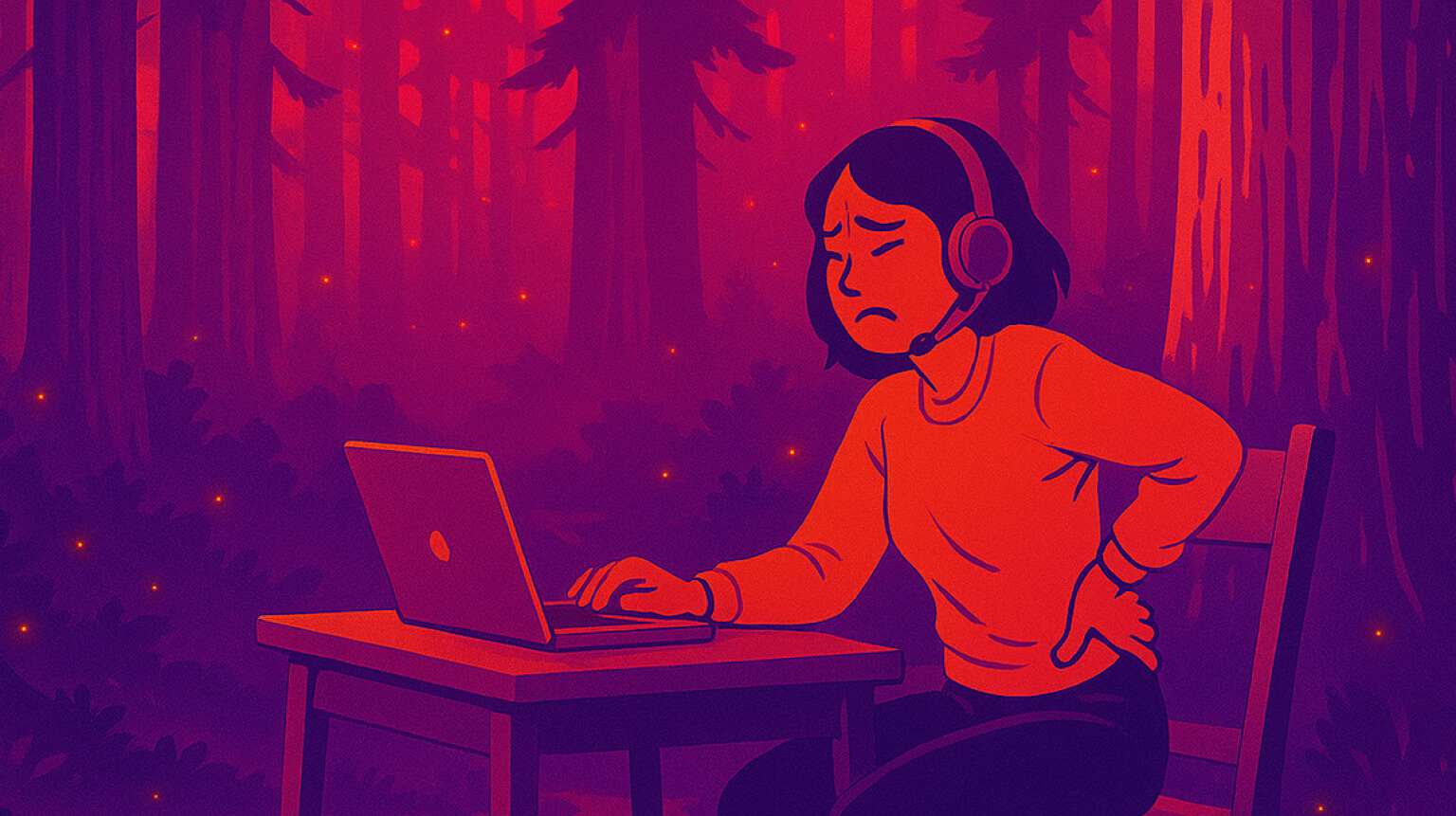
Sarah's fingers went numb during a crucial client presentation. After months of neck pain and tingling sensations, she discovered she had office syndrome—a condition affecting 73% of desk workers that most people don't even know exists.
Discover what office syndrome is, its symptoms, and proven prevention strategies to protect yourself from this growing workplace health concern affecting millions of remote and office workers.
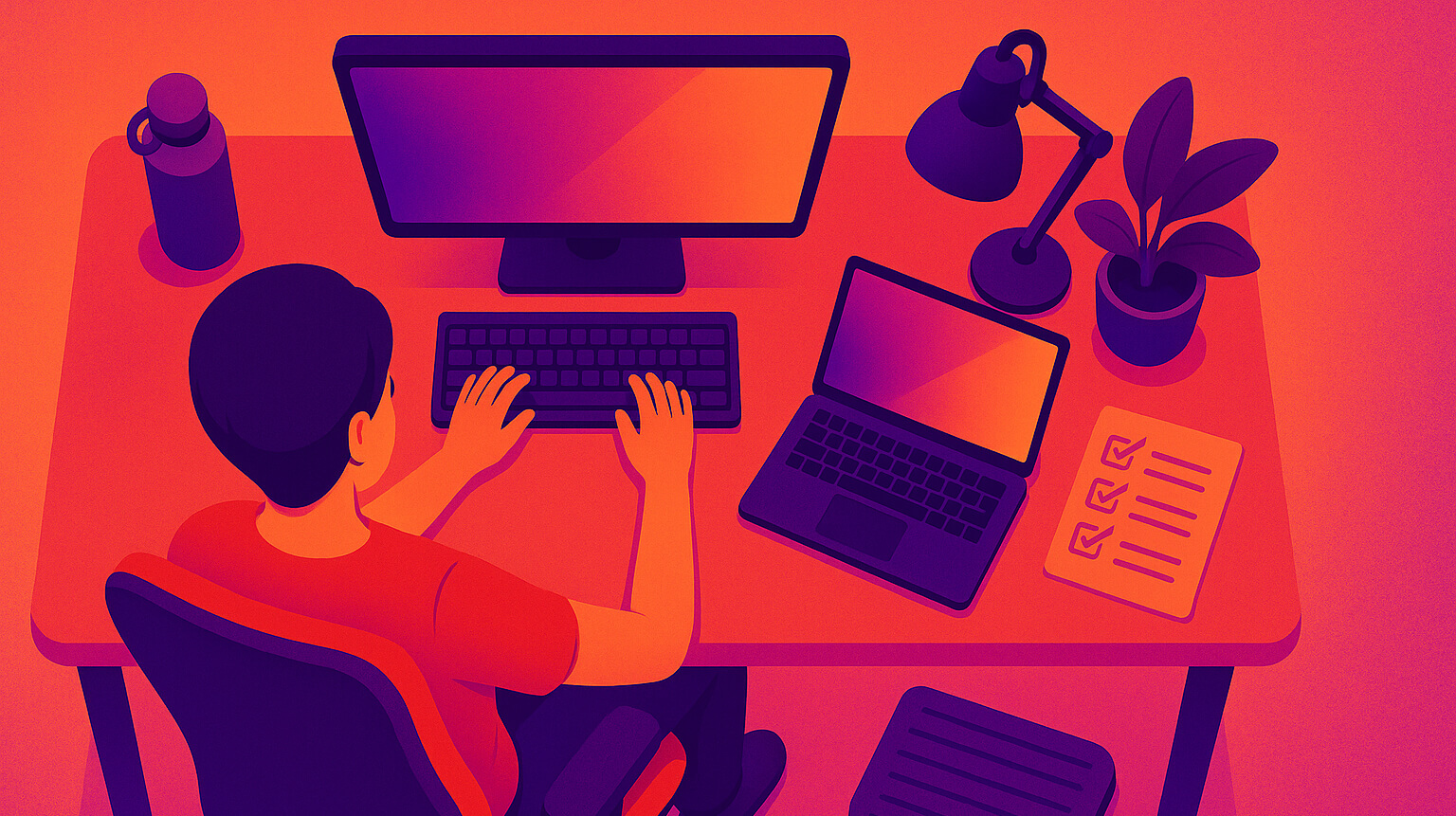
Remote work is here to stay, with executives predicting 27% of workers will remain remote or hybrid by 2028. Yet poor home office ergonomics affect 73% of remote workers, leading to increased back pain, neck strain, and decreased productivity. This complete setup checklist ensures your workspace supports both health and performance.
Master work from home ergonomics with this comprehensive checklist covering proper desk setup, chair positioning, monitor placement, and creating a healthy home office environment for remote workers.
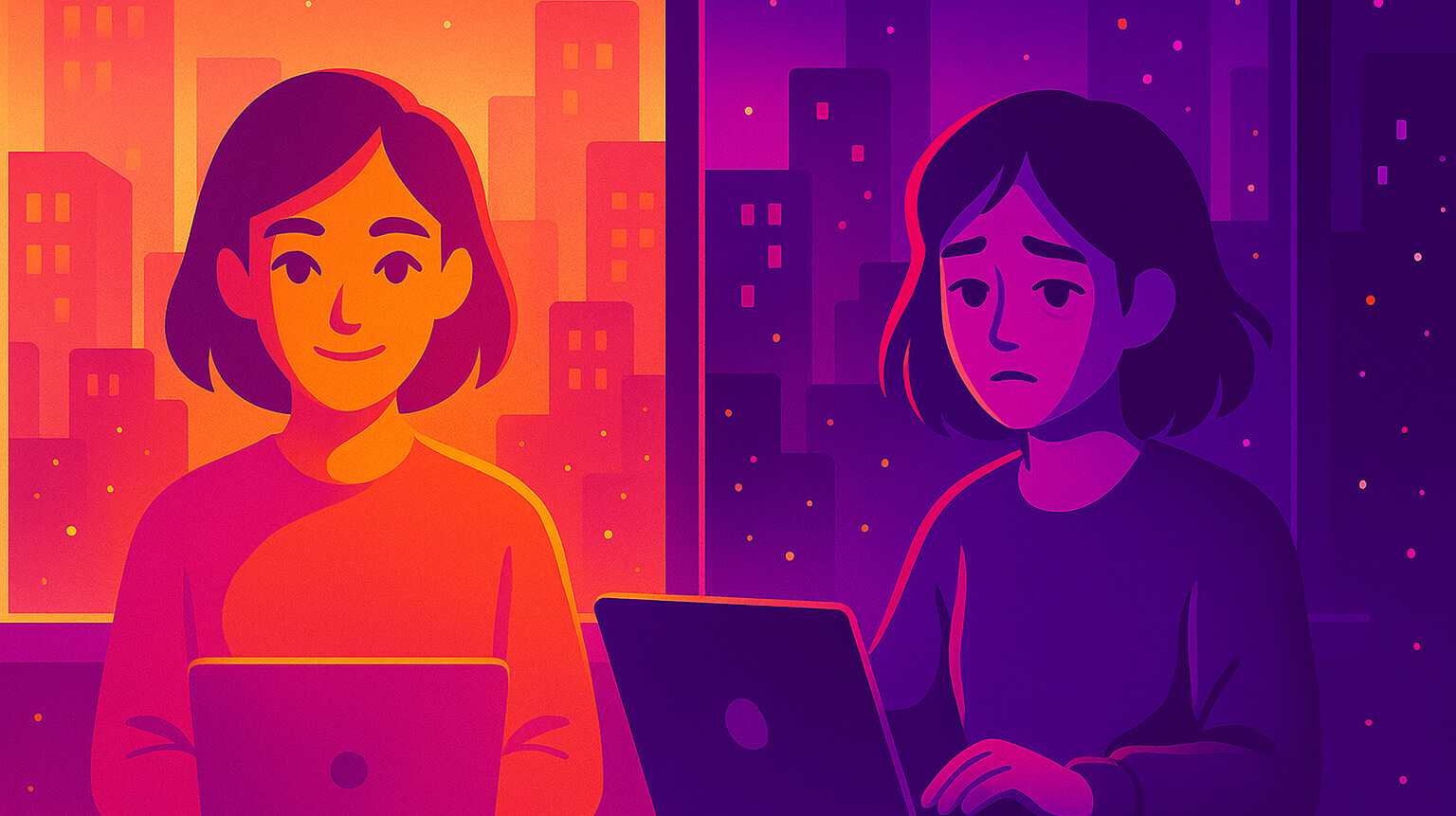
As remote work becomes the new normal, a silent crisis is emerging: 43% of remote workers report worsening eye health, costing businesses billions in lost productivity. With remote employees spending nearly 13 hours daily on screens compared to just 5.5 hours for office workers, the stakes have never been higher.
43% of remote workers spend 13 hours daily on screens and report worsening eye health